Before you build your nails using gel, acrylic or silk, it is important to familiarize yourself with the extension technique and purchase tools and materials. At home, you should exercise the utmost care and sterility so as not to spoil the nail plate and get a beautiful manicure as a result.
Nail extension rules
So that after any type of extension there are no problems with your nails, you should adhere to some simple rules:
- Before the procedure, you should not use skin care products (creams, gels, masks) during the day, otherwise air bubbles may form between the extended coating and the nail in the future, the fixation of the material will be weak;
- Before starting the procedure, you should remove the cuticle;
- Experts do not recommend extending nails the day before and during the menstrual cycle. The body in this state can reject foreign material;
- You should not build nails for girls in the first trimester of pregnancy, this will burden the manicure procedure;
- The procedure should be abandoned for girls suffering from nail fungus, taking antibiotics. The fungus must first be cured. Extension is carried out only on healthy nail plates.
Tools and materials
Build nails at home will help withstandard set of tools and materials:
- Ultraviolet lamp. This device is used for drying gel coat. Price - from 9 to 75 $. Several popular firms with high sales ratings: TNL Professional, Planet Nails, Runail 36 W 818, Irisk Professional;
- Disinfector. Essential for disinfection of accessories before and after work. Price from 0.30 to 26 $ for 1 piece. (depending on volume and firm);
Before you build nails at home, be sure to disinfect your hands and tools. - A file for native nails. The grain size of the product must be from 240 Grit;
- A file for extended nails. The grain size of the product should range from 80 to 240 Grit;
- Brushes for covering nails with material;
- Pusher... With its help, the cuticle is removed;
- Nippers... Serve for convenient removal of dead skin pieces (burrs);
- Buff... With this file, the surface of the nail is gently polished;
- Brushes for decorating nails... They differ from other brushes with a thin nap, for ease of drawing;
- Forms, tips... Are templates for building;
- Orange stick. A handy tool for the master. With its help, defects are removed, corrected and corrected (not to be confused with the correction procedure);
- Soft brush. Needed to remove excess dust;
- Degreaser for nails. Means for improving the fixation of the coating;
- Primer... Substance for setting artificial turf, in other words - a liquid with the effect of "double-sided tape";
- Neil-prep. Is the foundation for the coating;
- Lint-free napkins;
- Base... A substance that connects a natural nail with a gel coating;
- Liquid for removing the stickiness of the coating;
- Gel;
- Paints, glitter and other design accessories;
- Finish gel... Provides the final coating for fixing the work;
- Cuticle care oil.
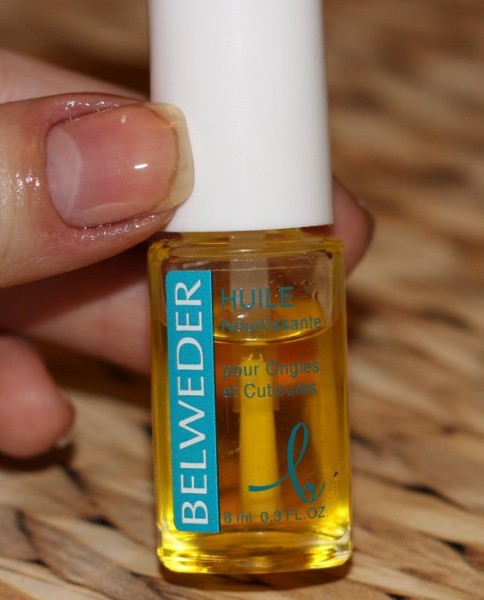
- Silk tape for nails or shreds to fit the nail. Other fibers (flax, fiberglass - fiberglass) can be an alternative to silk;
- Special glue.
Additionally for building with acrylic:
- Acrylic powder;
- Liquid (monomer);
- Special brush for acrylic;
- Brush cleaning liquid;
- Glue for tips.
Contraindications
To build nails both in the salon and at home should be after study and confidence in the absence of contraindications. They are divided into 2 categories:
- Fixation of the built-up material will be minimal or equal to zero. The nails will not hold, as the body can reject the material and there is a possibility of detachment;
- Toenail extensions can be harmful. In this case, it is better to refuse the procedure, otherwise there is a possibility of serious consequences.
Low material fixation can occur if the client:
- diabetes;
- herpes;
- diseases of the cardiovascular system;
- poor circulation;
- time of the menstrual cycle;
- Graves' disease;
- hormonal disorders;
- the period of the course of chemotherapy;
- time of taking antibiotics;
- increased sweating of the hands;
- sudden stressful situations arise;
- pregnancy.
It is necessary to abandon building up in order to avoid harm to health, with:
- fungus;
- damage to the nail plate (injury);
- hematoma under the nail;
- allergies to materials.
At the same time, do not be afraid if the nails have already been extended, and the girl has overtaken any ailment or circumstance from a number of contraindications. In this case, it will be necessary to visit corrections more often.
Preparing nails
To build nails at home, you need to start with preparation.
how step-by-step preparation is underway:
- Cleaning and disinfection. The client's hands should be thoroughly washed with soap and disinfected.
- Cuticle treatment. It is not recommended to cut it off, so as not to cause microtrauma (wound, cut) of the periungual skin area. First, you need to apply an emollient to the cuticle (a moisturizer or a preparation with an AHA complex), then slightly push it away from the nail plate closer to the skin.
- Shaping nails. It is necessary to make the desired shape from the free edge of the nail plate. Nails are not filed only if they are cut very short.
- Preparation of the nail surface. Remove only 3-4 top layers using a coarse nail file, otherwise, if you overdo it, the material will not hold or the fixation will be short-lived. The cutting process should take place from the cuticle to the edge of the nail.
- The final preparation step is to apply the adhesive... This product must be handled carefully, its contact with the skin (some brands) can lead to a burning sensation. Keep the nail upright. You need to start applying from the cuticle to the edge of the nail.


 Don't miss the most popular column article: How to draw monograms on nails step by step for beginners. Instruction with photo.
Don't miss the most popular column article: How to draw monograms on nails step by step for beginners. Instruction with photo.Step-by-step instructions and extension technique
Each method is significantly different from each other.
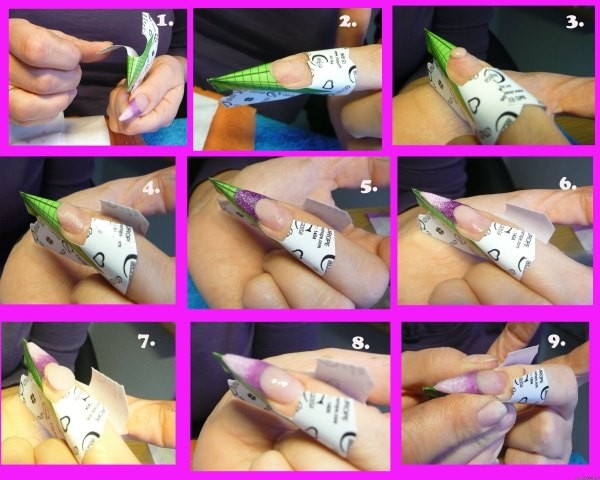
- Preparation;
- Material application;
- Processing;
- Registration;
- Fixation.
Gel
Gel build-up has a number of advantages over other types:
- Nails look natural;
- It is possible to choose any design;
- The percentage of harm to natural nails is minimal, because under the gel nails can "breathe";
- It is not difficult to model any nail shape from the gel.
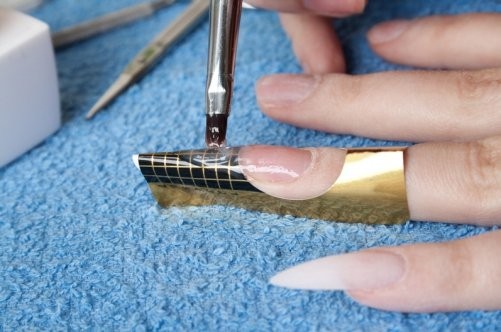
- Brittleness;
- A crack in the nail requires a new nail extension, not a correction.
Step-by-step instructions for building:
- Treat and disinfect hands. They must be thoroughly washed with soap and then treated with an antiseptic.
- Prepare your nail.To do this, you need to carefully remove the cuticle from the surface of the nails and remove the upper fat layer of the nail with a file for better adhesion of the material. Degrease natural nails.
- Apply a starting coat ("base"), 2 min. dry your nails under the lamp.
- Remove the top layer with a soft nail file after drying.
- Secure the template to your nails. It is important to ensure that the template is fixed evenly, parallel to the natural nails.
- Apply the gel from the tip of the nail to the base with a brush. It is advisable to turn the finger over to distribute the gel evenly.
- For 3 minutes. place your fingernail under the lamp.
- After drying, apply another layer of gel to form an S-curve.
- Dry again, then remove the sticky layer.
- Remove the template and carefully sand the nails with a buff.
- Remove excess dust from the nails with a brush.
- If you wish, you can arrange a manicure with a pattern, patterns, sparkles or rhinestones.
- Apply a finishing coat and cure nails under the lamp for 2 minutes.
- Degrease and apply oil to cuticles.
A wonderful manicure will decorate your hands for 3-4 weeks.
Silk
Silk nails are extended in tandem with an activator gel. Sometimes silk can replace:
- Fiberglass (fiberglass)... When exposed to UV rays, it tends to glow in the dark;
- Linen... This fabric is wider than silk and is recommended for use in unusual manicure designs (fabric surface).
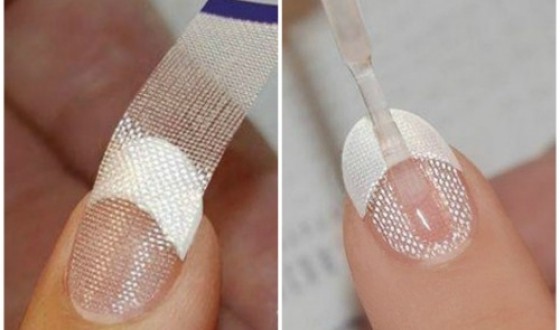
Step-by-step instructions for building:
- Treat hands (washing with soap and disinfection).
- Prepare the nail (remove the cuticle, clean the nail with a nail file).
- Apply special glue to the nail, then apply the cloth.
- Using an orange stick, gently smooth the fabric along the plane of the nail, and cut off the excess fabric with nail scissors.
- Apply an activator gel (shellac can be used), then send the nail to dry under the lamp for 2-3 minutes.
- After drying, you need to shape the nail and polish it with a buff.
- Apply modeling gel and dry under the lamp.
- Degrease and apply a top coat.
- Degrease again and apply oil to the cuticle area.
Silk should be combined with gel or shellac to make it more durable.
Acrylic
The advantage of this build-up is that acrylic dries without a lamp, and quite quickly. It does not bleed when applied and is more durable than other building materials. But this build-up has disadvantages and many contraindications (allergies, sweating, nail injuries, etc.).
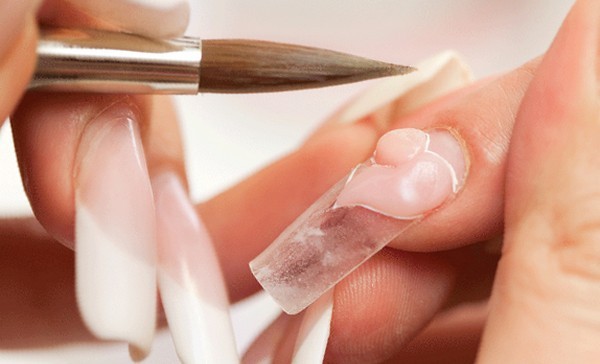
- tips (light);
- forms (complex).
On tips
The most convenient way to train beginners. The complexity of building is minimal. The nails are attached to a special glue, after which the material is applied over the tips.

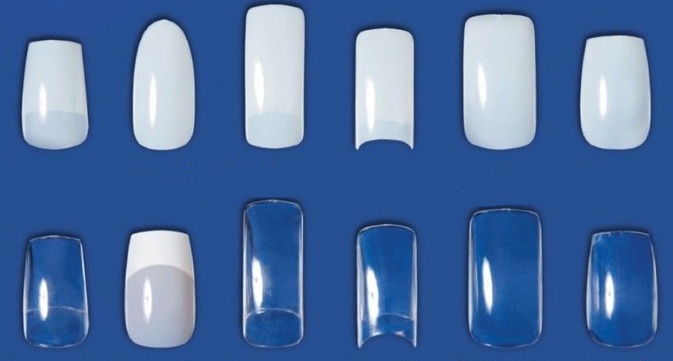
- Cleaning and disinfection of hands and nails.
- Remove the cuticle and pterygium with an orange stick.
- Choose the right tip and fix it with special glue.
- Correct the white space between the tip and the edge of the finger. File the nail until it becomes matte.
- Degrease the nail and apply a primer.
- Dip the brush in liquid, and then dip it in acrylic powder.
- Place the circle on the center of the nail plate and form the nail.
- After the acrylic has hardened, file down the nail with a nail file and treat it with a buff to a gloss
- Lubricate the cuticle with oil.
On forms
Forms are disposable (made of paper or foil) and reusable (made of metal or plastic). This template is fixed around the nail plate and filled with modeling material. The advantage of this method is that it allows you to form any shape of nails.
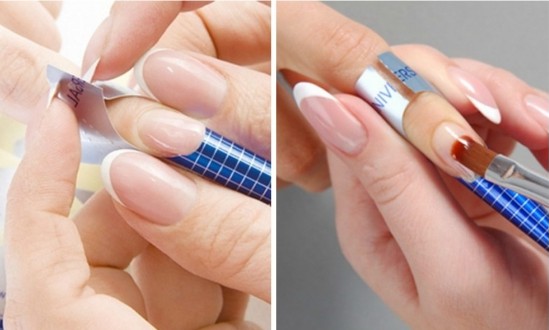
- Clean and treat hands.
- Remove the cuticle and glossy layer from the surface of the natural nail.
- Apply primer.
- Fasten the shape along the contour of the nail, dip the brush in liquid and acrylic powder. Lay out the desired manicure shape.
- Remove the form, file down the nail and treat with a buff to gloss.
- Treat the cuticle with oil.
Tip: the shape is completely fixed under the nail, otherwise the nails will not last long.

 Don't miss the most popular column article: How to build up your nails with gel polish. Instructions for nail extension for beginners. A photo.
Don't miss the most popular column article: How to build up your nails with gel polish. Instructions for nail extension for beginners. A photo.Frequent mistakes when building
How to build nails at home - avoid common mistakes, including:
- Poor disinfection. Hands should be thoroughly washed and treated with an antiseptic before the procedure. Instruments should be disinfected in a special apparatus and stored under a UV lamp when not in use.
- Sawing the nail plate. Before building, 2-3 upper layers of a natural nail are removed, while the file should not be hard (abrasiveness from 180 to 240 Grit). A file with fewer particles (from 80 to 150 Grit) is used when cutting artificial nails and removes up to 60 layers. An incorrectly chosen nail file can seriously damage natural nails.
- Failure to comply with the geometry of nail modeling. If the sequence of transverse lines and S-bend is not observed, there is a risk of accelerating the process of breakage of the extended nail, as well as injury to the natural nail plate.
- Incorrect removal of extended nails. Incomplete cutting of the upper layers of the material and the use of special solvents will be correct, after which a strengthening gel polish is applied to natural nails. It will be wrong to completely cut it off with a milling cutter or high abrasive files, this can lead to injury to natural nails.
- Correction errors. In order not to lead to the formation of fungus and the development of microorganisms under an extended manicure, you should remove the upper layers and detachments with a nail file in advance. If this manipulation is inattentive, air is formed under the plates of the grown material - a favorable environment for the spread of bacteria. After cutting, you need to apply the modeling material to the remaining base from the previous build-up.
Nail care after the procedure
It is necessary to start caring for a manicure from the 1st day of the procedure. According to experts, some simple rules should be followed for a satisfying work result.
Basic care requirements:
- It is necessary to refuse hot water (in the first 2 days), saunas, baths and a sharp change in temperature;
- Limit contact with detergents and cleaning agents. Use gloves;
- You should use special creams and lotions that do not moisturize your hands;
- It is required to take care of the manicure (do not wave your hands, do not bang your nails on a hard surface, etc.).
Initially getting used to this type of manicure can be difficult.
Professional advice
To build nails at home correctly, you need to heed the advice of professionals.
Several recommendations on how to provide high-quality build-up:
- It is necessary to carefully approach the choice of material and equipment, not to save on them;
- It is advisable to start with building on tips, since this is one of the easy methods;
- Hands and tools should be thoroughly disinfected before work;
- Do not neglect the initial examination of the hands and nails to make sure there are no contraindications to building up;
- The material must be in stock with a stock;
- If tips are used, they should be selected in advance of the desired shape.
Video recommendations on how to build nails at home
Secrets of how to build nails at home:
How to build nails at home with gel on tips:
https://www.youtube.com/watch?v=kYLo3jH8RCE
Thus, there is an opportunity to learn how to do a manicure with nails of any shape at home. The main thing is to first familiarize yourself with all the requirements and conditions of the procedure.

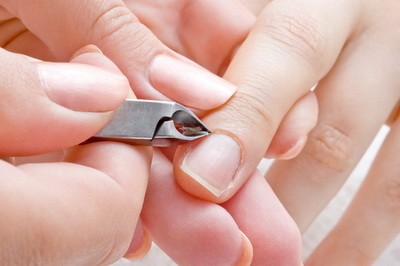
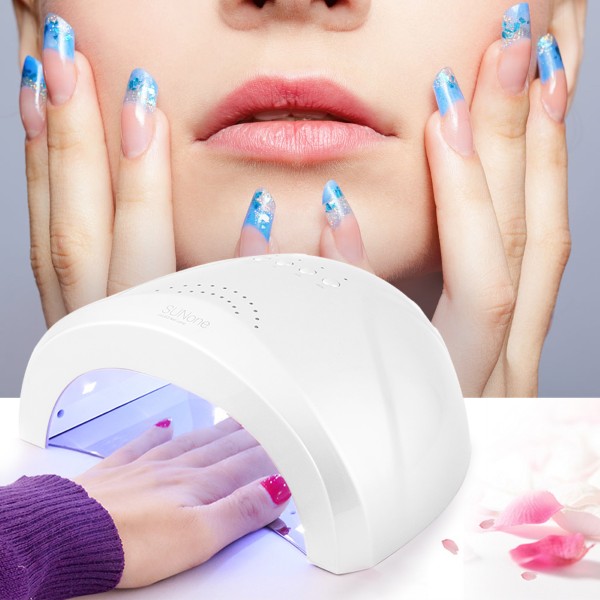
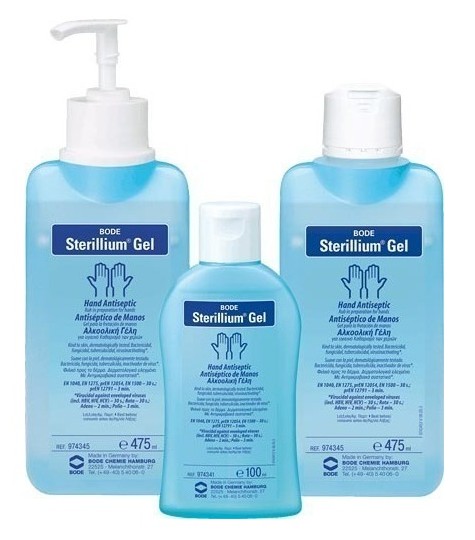
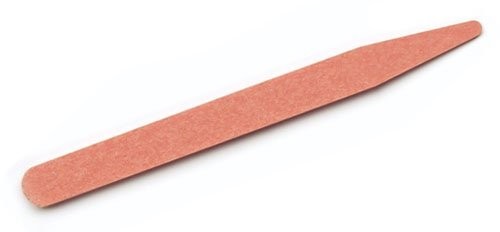
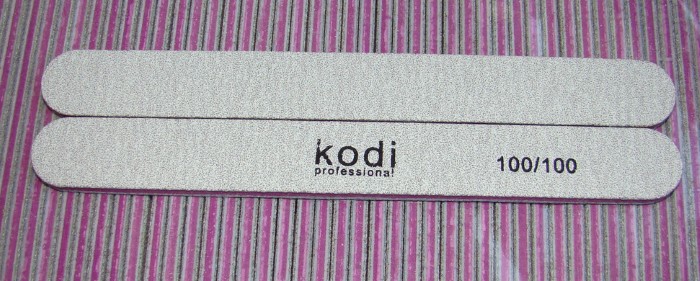
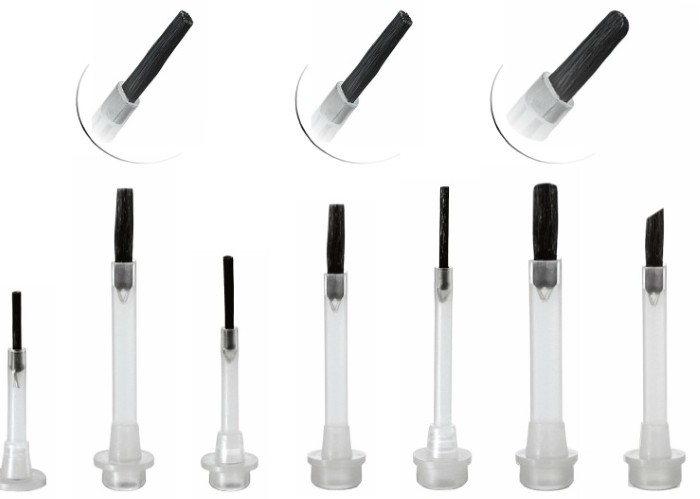
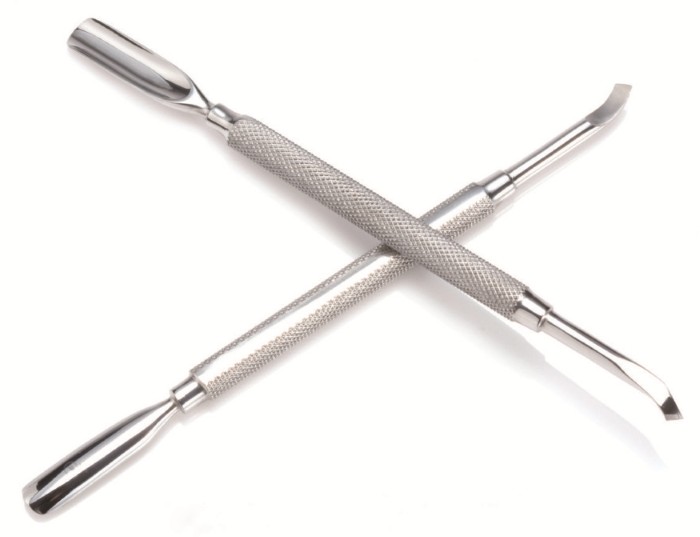
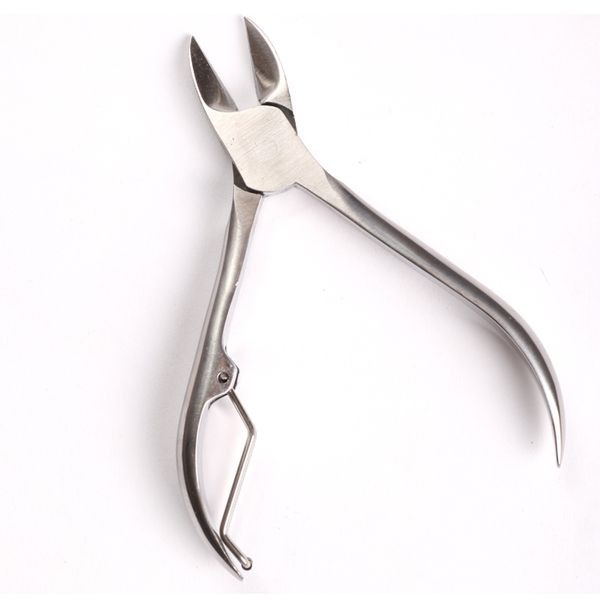
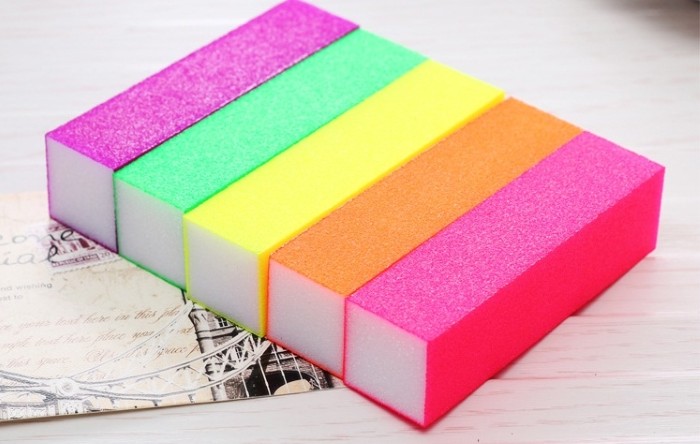
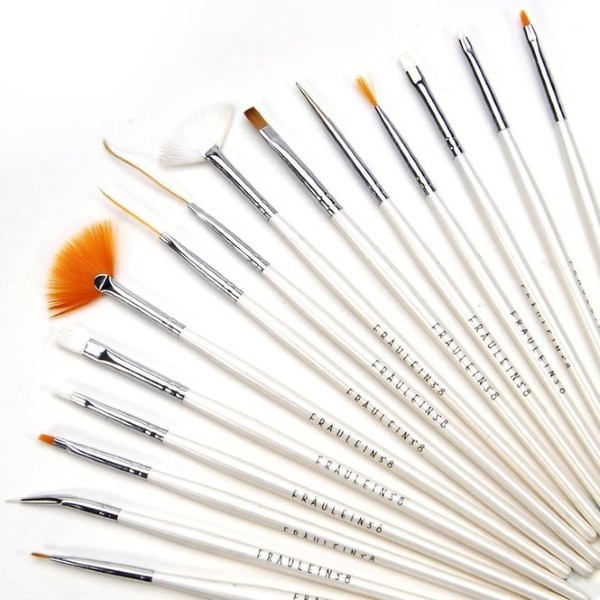
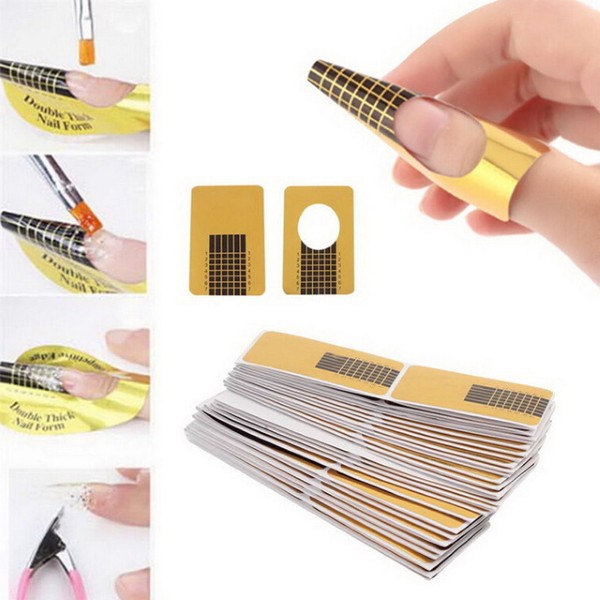
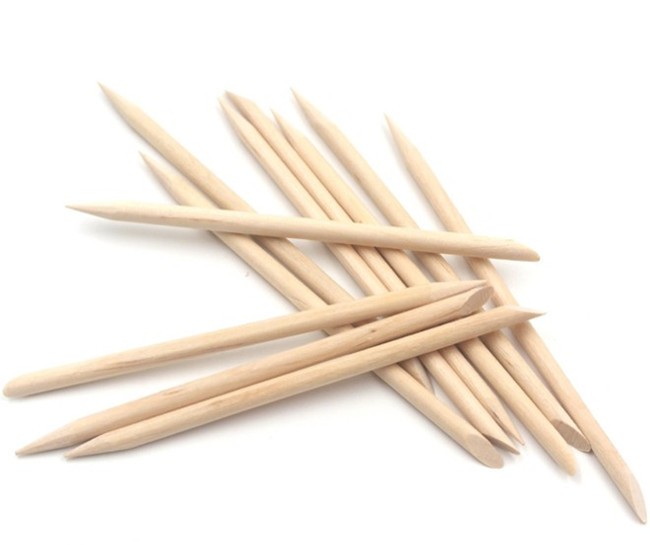
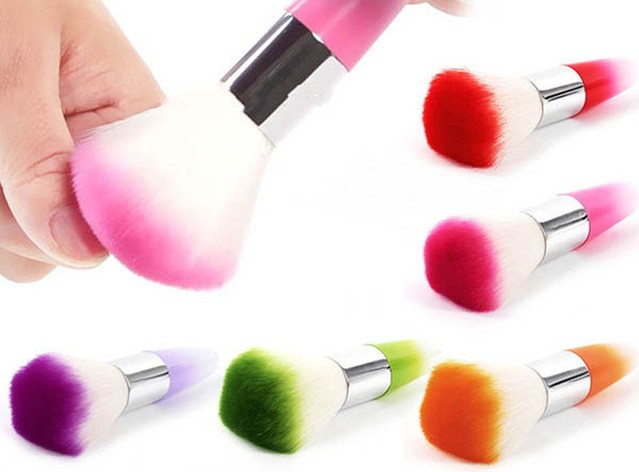
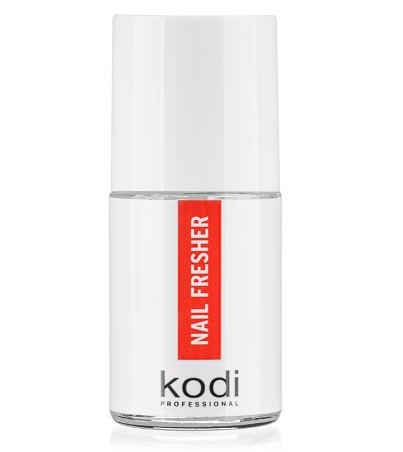
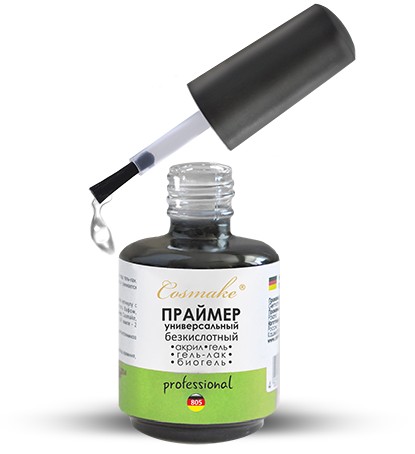
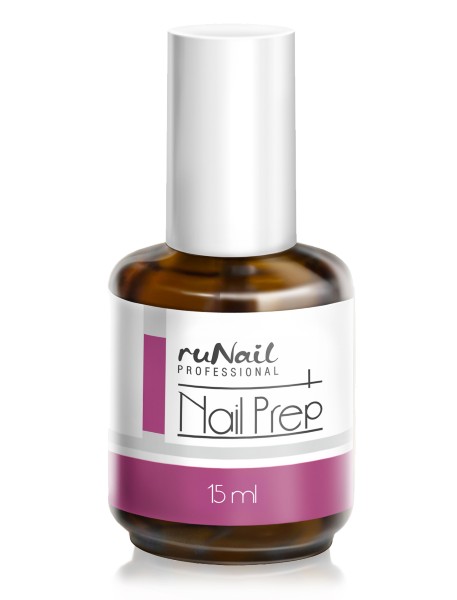
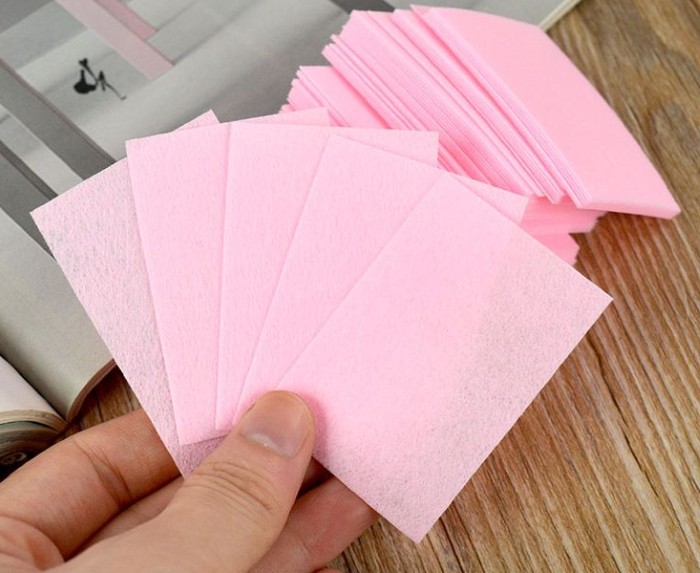
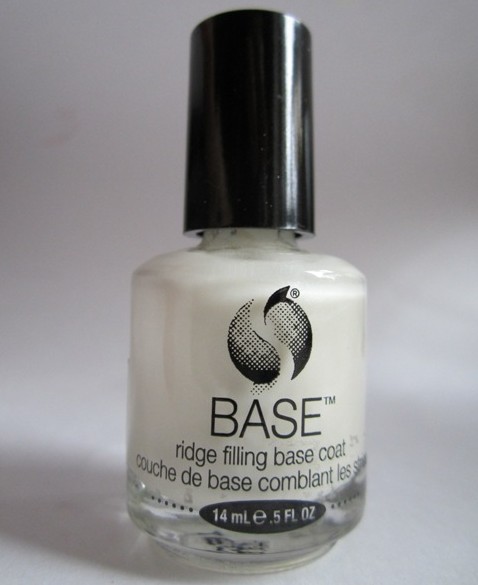
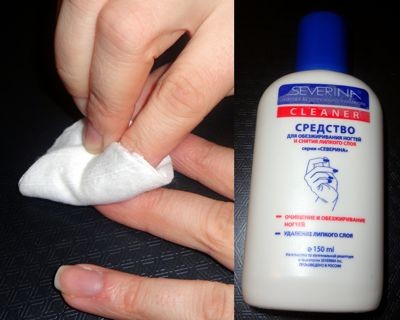
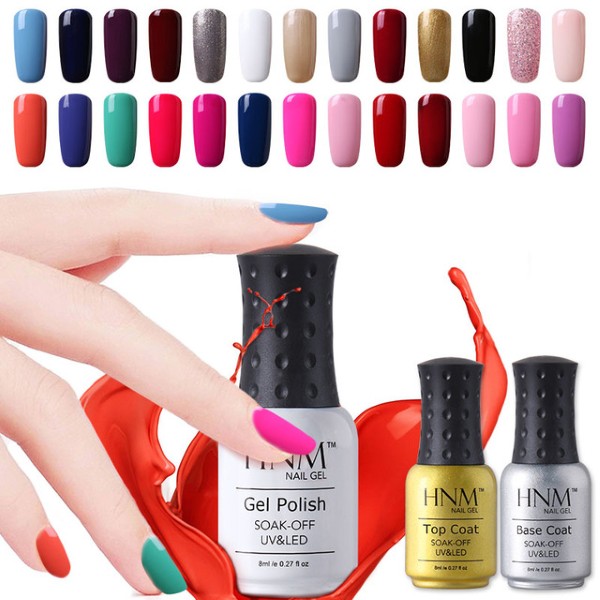
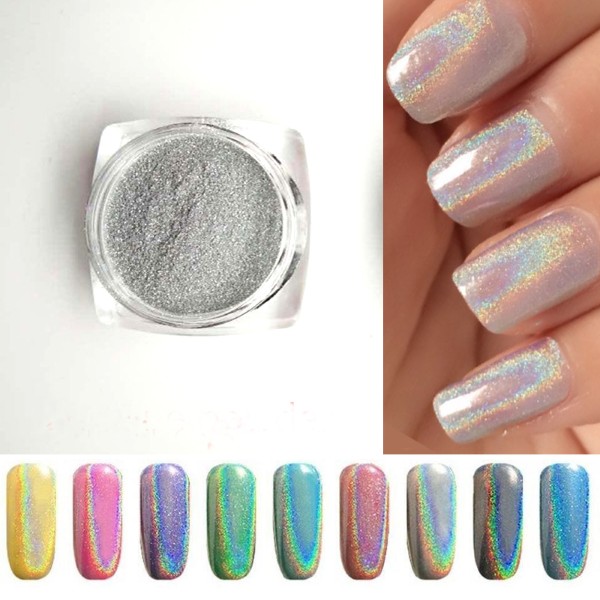
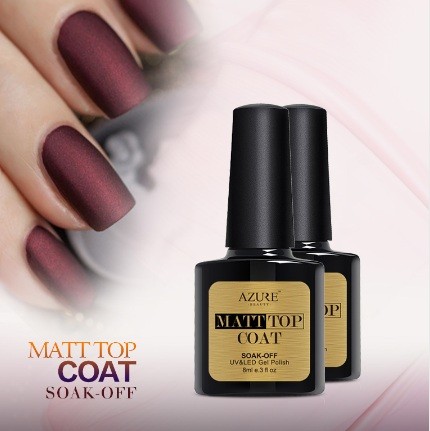
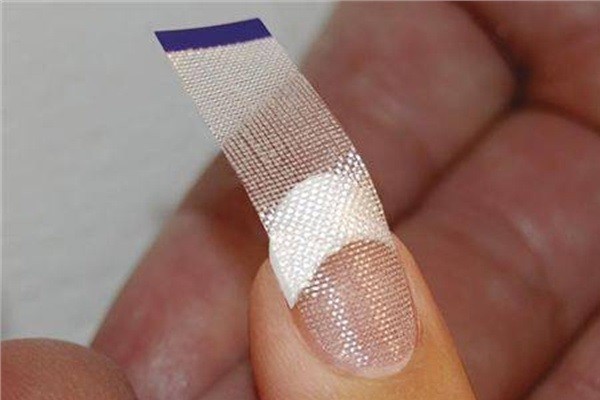
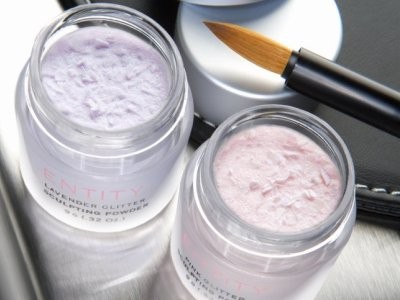
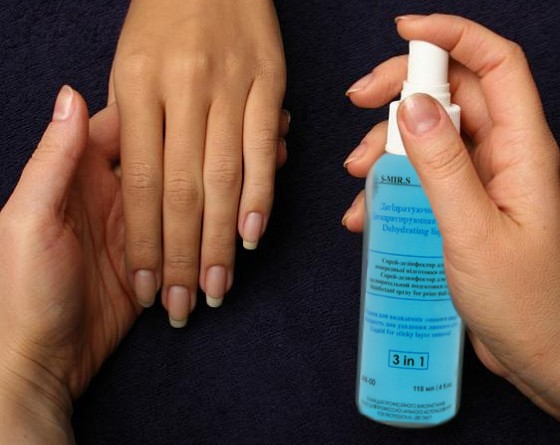
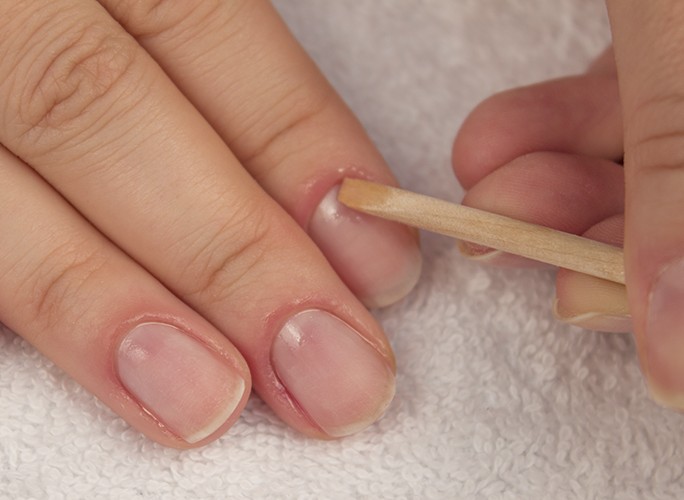
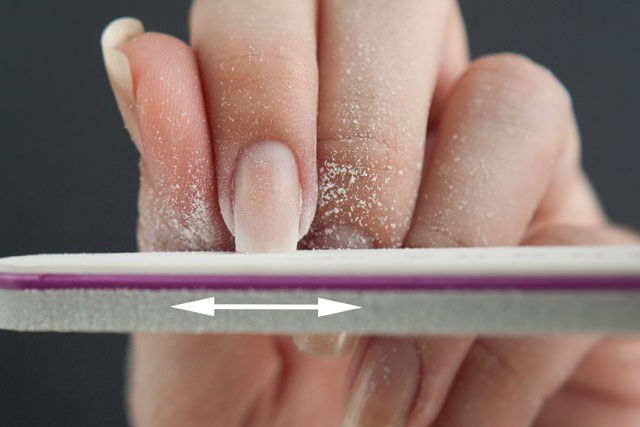
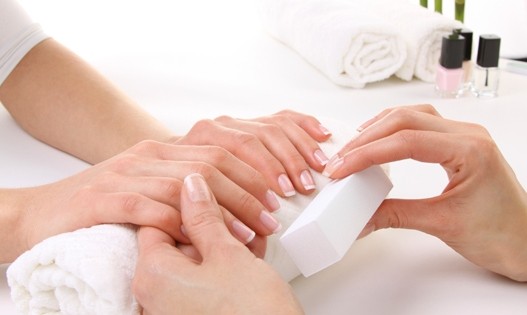
Once I broke a nail on my index finger, but I didn’t want to cut it. I decided to increase the edge with acrylic powder. It turned out a very neat nail and the manicure did not suffer)) The nail is strong and looks like its own.